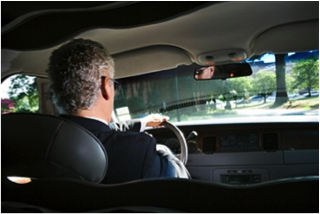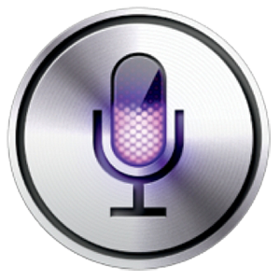 There is a lot of attention paid to the rise of mobile connectivity. Smart mobile devices now saturate the landscape from cities to shopping malls. While this shift has caused advertisers to take note, it has also generated a problem. Mobile is viewed as a single behavioral concept when it actually has many different meanings.
There is a lot of attention paid to the rise of mobile connectivity. Smart mobile devices now saturate the landscape from cities to shopping malls. While this shift has caused advertisers to take note, it has also generated a problem. Mobile is viewed as a single behavioral concept when it actually has many different meanings.
Consuming content on your mobile device while seated in your living room is a completely different context than when you are driving down the highway. The industry needs a different model to segment the variety of mobile behaviors. For example, there is a class of mobile behavior that can be best categorized as Ultramobile.
Ultramobile is Hands Free, Eyes Free and On-the-Go
 Not only are ultramobile consumers using a mobile device, they are simultaneously engaged in another activity that necessitates hands free, eyes free content consumption. Ultramobile activities do not mix well with video, reading or texting. If your eyes need to be on the road while driving or dodging local dog walkers on your run through the park, you cannot be attentive to your mobile visual display.
Not only are ultramobile consumers using a mobile device, they are simultaneously engaged in another activity that necessitates hands free, eyes free content consumption. Ultramobile activities do not mix well with video, reading or texting. If your eyes need to be on the road while driving or dodging local dog walkers on your run through the park, you cannot be attentive to your mobile visual display.
However, speaking and listening activities are different. Most of us can talk on the phone hands free and eyes free while walking down the street. We can also listen to audio content. In fact, we very often listen to audio content while engaged in ultramobile activities ranging from driving to exercising. The introduction of mobile audio apps has only increased the combination of ultramobile behaviors with audio content consumption.
Ultramobile Consumers are a Large Market
While the ultramobile consumer behavioral segment is just starting to be recognized by researchers, it is already large. By reviewing Edison Research data on listening habits we can see that around 50 million people are consuming audio content while ultramobile. These Internet radio consumers are hearing audio advertisements, but cannot conveniently access a mobile device screen to interact with an offer. One of the great benefits of digital advertising is the ability to convert interest into instant action. Ultramobile behavior certainly makes this difficult when the dominant interaction model is designed around banners, tiles, pop-ups and other visual stimuli.
Ultramobile Presents a Challenge and Opportunity for Advertisers
 While ultramobile consumers present a challenge for visual ad engagement and conversion, the microphones onboard mobile devices create an opportunity. XAPP Ads leverage the microphone to allow consumers to respond to ads by voice. They may not have a thumb available to click the link, make a call or download an app, but they can speak. When considering mobile audio apps, this is the most natural and convenient way for consumers to interact with an audio ad. XAPP Ads can increase ad conversion rates anytime, but may be the only effective way for consumers to engage while ultramobile.
While ultramobile consumers present a challenge for visual ad engagement and conversion, the microphones onboard mobile devices create an opportunity. XAPP Ads leverage the microphone to allow consumers to respond to ads by voice. They may not have a thumb available to click the link, make a call or download an app, but they can speak. When considering mobile audio apps, this is the most natural and convenient way for consumers to interact with an audio ad. XAPP Ads can increase ad conversion rates anytime, but may be the only effective way for consumers to engage while ultramobile.
So who are the 50 million ultramobile consumers? They are all around us on their smartphones right now. My bet is that the ultramobile designation also includes you a few times during the week.
To learn more about ultramobile consumers and the changing Internet audio industry, download the white paper: Reaching Ultramobile Audio Consumers.
Related Posts
Connecting Consumers with Brands through Interactive Audio Advertising
XAPP Ads – listen before you speak
Listening Migrates to Mobile
